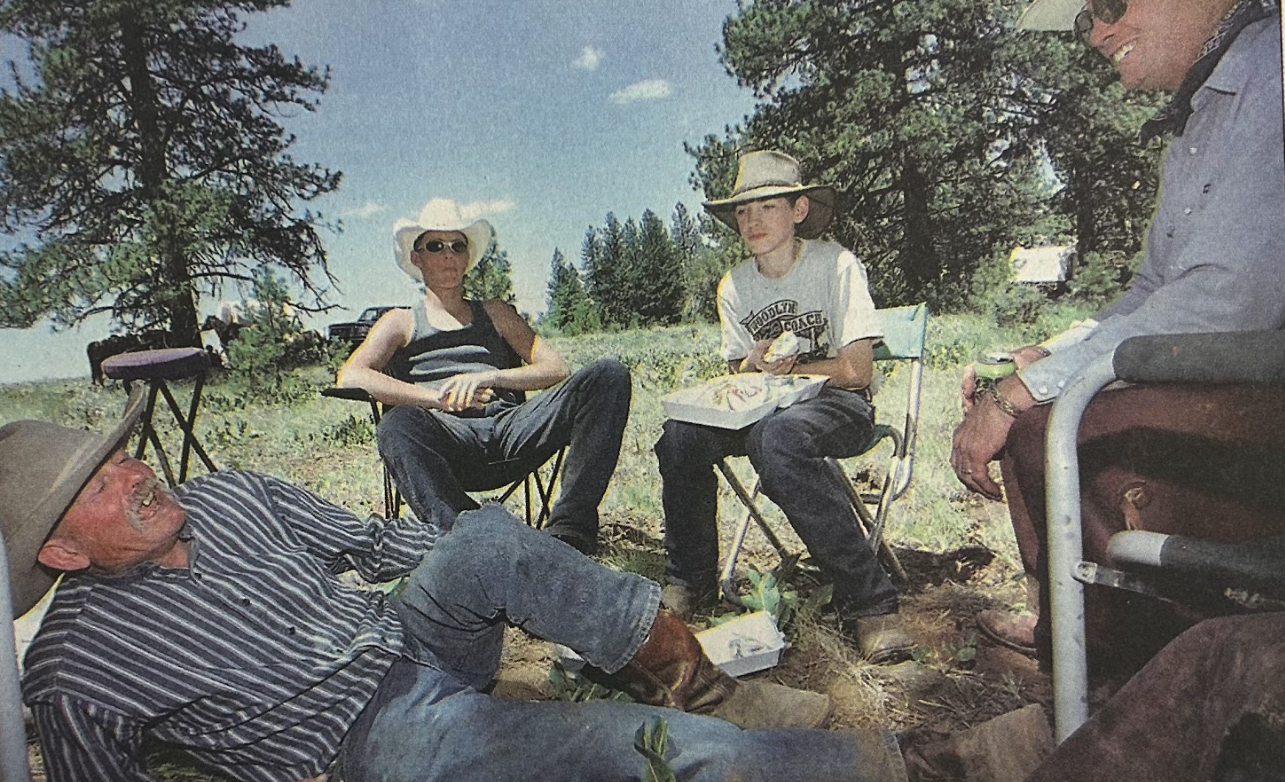Marines, Army troops fight Iraqis in, around city
Published 3:27 pm Monday, April 7, 2003
BAGHDAD, Iraq – U.S. forces in tanks and armored vehicles stormed into the center of Baghdad today, seizing one of Saddam Hussein’s palaces in a bold daylight raid aimed at demonstrating the Americans can come and go as they please.
In the afternoon, some 10 hours after the battle began, Iraqi snipers fired on U.S. soldiers from rooms in the state-owned Al-Rashid Hotel while the platoon conducted a patrol in a neighborhood near the palace, soldiers said. U.S. tanks returned fire with their main guns and .50-caliber machine guns.
More than 70 tanks and 60 Bradley fighting vehicles took part in the lightning thrust by the Army’s 3rd Infantry Division, with tank-killing A-10 Warthog planes and pilotless drones providing air cover against mostly disorganized resistance.
At the city’s southern edge, though, Marines and Army troops faced bloody fighting.
Two Marines were killed and two wounded when their armored troop carrier was hit by an artillery shell at a bridge spanning a canal. The Marines advanced into the capital by foot after the Iraqis blew apart the bridge.
Also, a group of U.S. armored personnel carriers in southern Baghdad was hit by rockets, according to field reports. Six American soldiers were reported missing and a large number were wounded.
In the heart of Baghdad, American soldiers who reached the gold-and-blue-domed New Presidential Palace used the toilets, rifled through documents in the bombed-out compound, and helped themselves to ashtrays, pillows, gold-painted Arab glassware and other souvenirs. The Americans also blew up a statue of Saddam on horseback in the center of the city.
“I do believe this city is freakin’ ours,” boasted Capt. Chris Carter of Watkinsville Ga.
The troops secured the main roads in the area, leaving soldiers at every intersection. They made forays to the Al-Rashid and to the bombed-out Information Ministry, but unlike the palace, they did not stay to occupy them.
U.S. troops set up a prisoner of war collection point in the palace compound. As Iraqis were captured in street fighting outside, they were brought to the palace for processing before being sent behind U.S. lines. At one point, a group of nine Iraqis surrendered after hearing on loudspeakers that if they did so they would live.
There was no estimate of Iraqi casualties from the raid, but 10 miles outside the capital, about 100 Iraqi soldiers were reported killed at the Baghdad airport in seven hours of fighting that ended early today. On Sunday, a giant C-130 transport landed at the airport in the first known arrival of a U.S. plane since the airfield fell into U.S. hands last week.
The Al-Rashid was used by foreign reporters during the 1991 Gulf War. At that time, the U.S. government alleged that the building housed a military communications center. This time, many foreign journalists are staying at the Palestine Hotel.
During a dust-blown news conference on the roof of the Palestine Hotel, Iraqi Information Minister Mohammed Saeed al-Sahhaf said the American invaders had tried to penetrate the city but were slaughtered. He declared: “Be assured Baghdad is safe, secure and great.”
“There is no presence of the American columns in the city of Baghdad, none at all,” he said. A sandstorm and black smoke from oil trench fires that were set by the Iraqis to cloak the city cast a haze over Baghdad.
Lt. Mark Kitchens at U.S. Central Command in Doha, Qatar, noted that when al-Sahaf was giving his news conference, a U.S. shell was fired and landed nearby.
In the afternoon, Baghdad continued to be rocked by explosions from areas on the west bank of the Tigris River.
Across from the New Presidential Palace, Iraqi forces took up positions in buildings that make up the University of Baghdad. They fired heavy machine guns across the 400-yard-wide river. U.S. troops called in mortar fire and close air support on the Iraqi fighters.
A platoon from Attack Company, 3rd Battalion 7th Infantry Regiment of the 3rd Infantry Division conducted a patrol in the neighborhood near the palace, cruising by the Information Ministry and the Al-Rashid Hotel, according to members of the platoon. The men in the Bradley fighting vehicles did not encounter any hostile fire as they drove near the Tomb of the Unknown Soldier.
The patrol stopped at a government complex across from the gigantic tomb, where there were bunkers and foxholes built around the entrance. Outside the fighting positions were dozens of pairs of military boots and some uniforms, apparently abandoned by fleeing Iraqi troops. Inside the bunkers were dozens of rocket-propelled grenades and two launchers.
An official at the al-Kindi Hospital in the working-class district of al-Nahda said at least 75 wounded civilians had arrived since the morning. Most suffered from gunshot wounds, burns and shrapnel.






